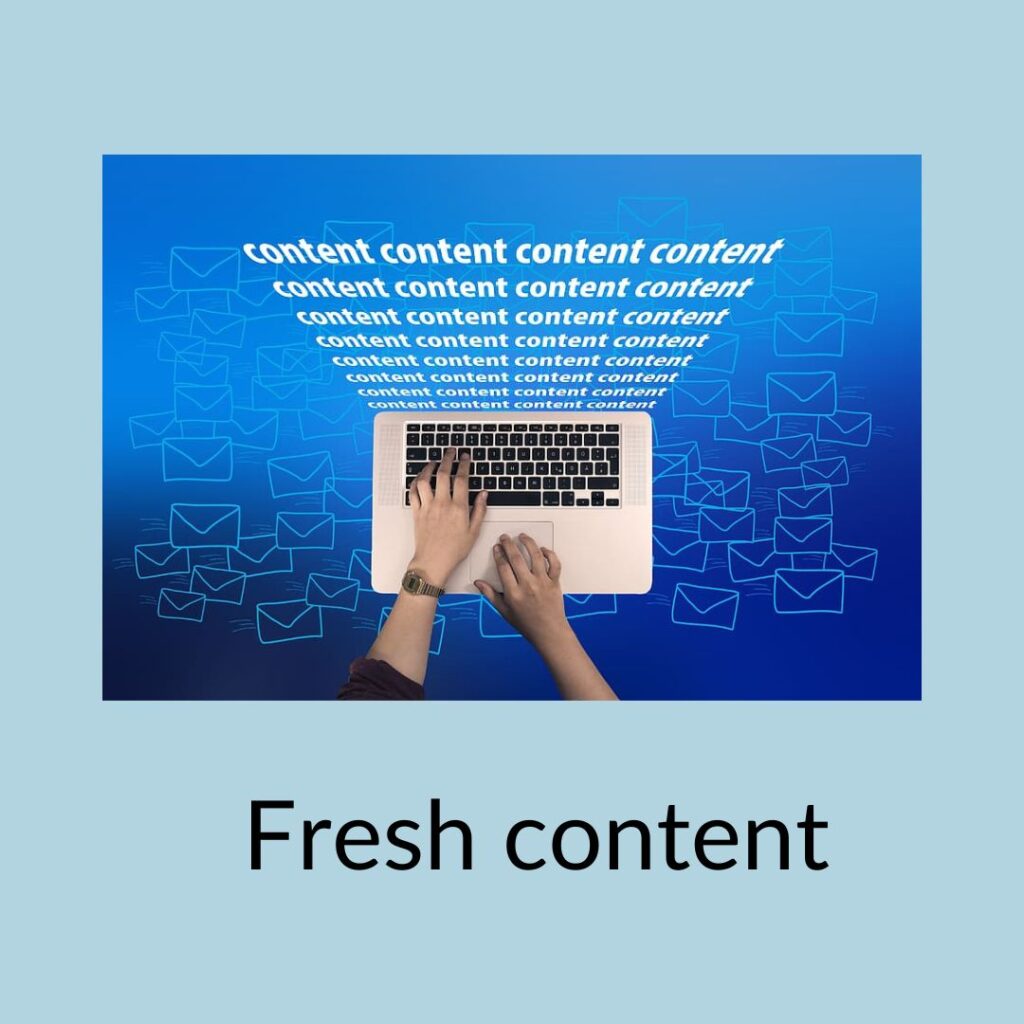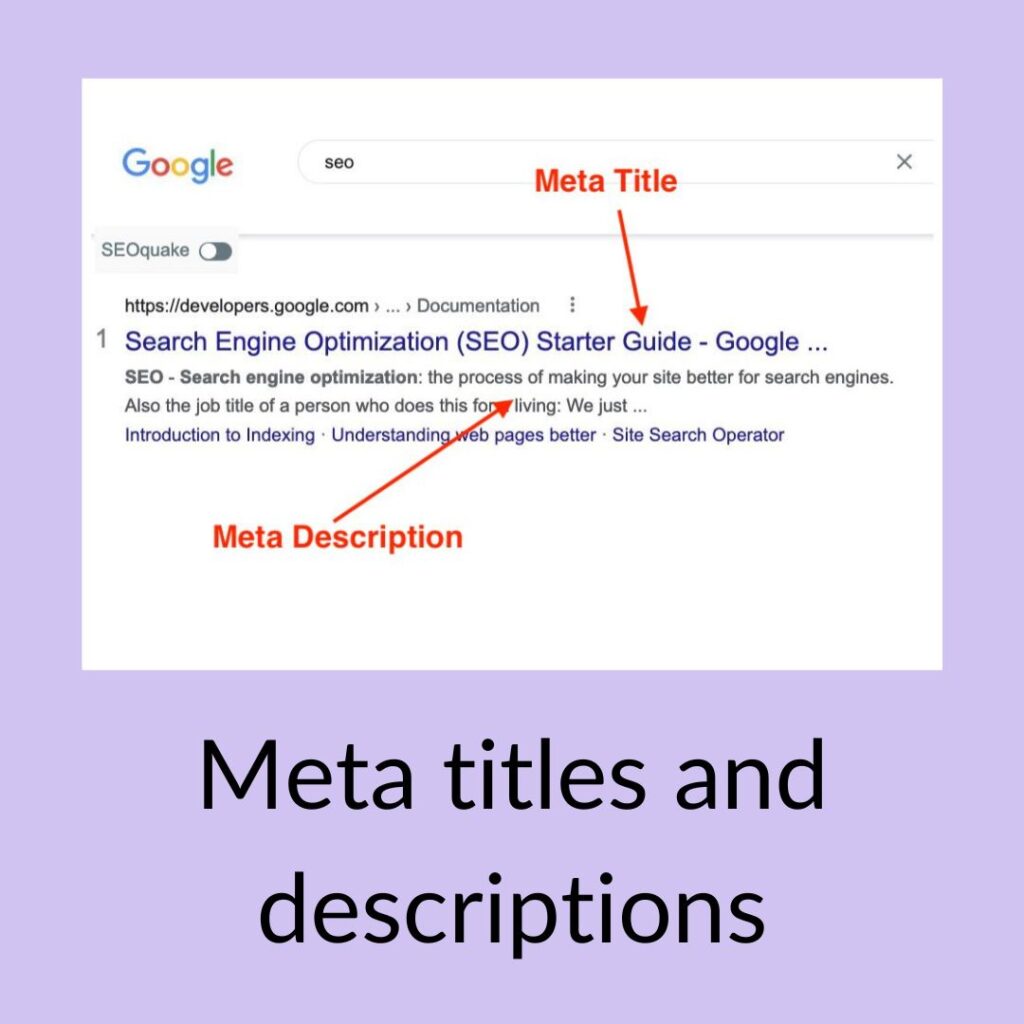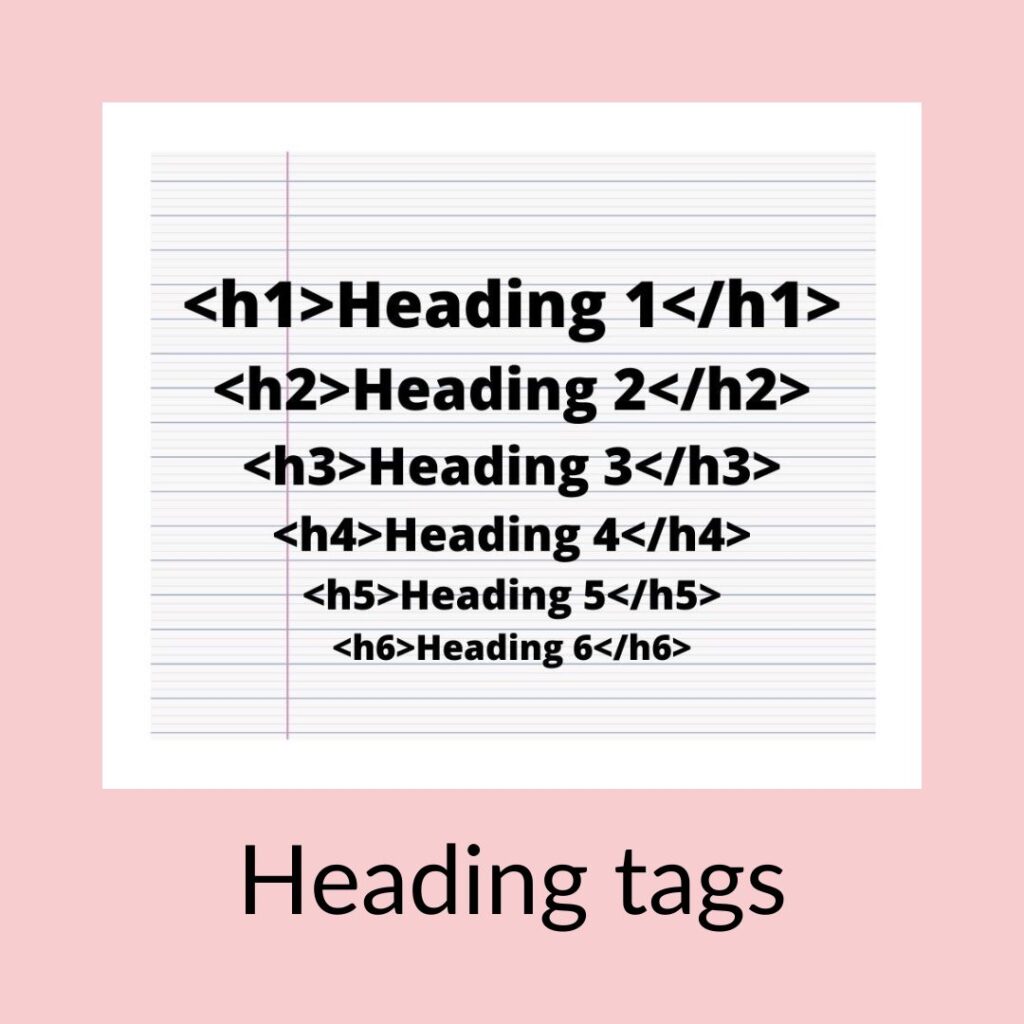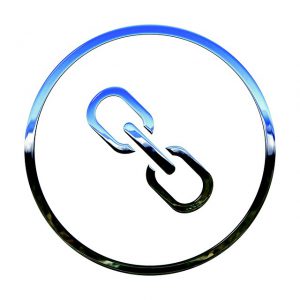Last updated on August 2nd, 2022 at 12:11 pm
- Introduction
- Make your post easy to read on a mobile
- Make sure pages load quickly
- Know your audience
- Regularly update content to keep it fresh and relevant
- Include keywords and phrases in 'meta title tags and descriptions'
- Use keywords in heading tags
- Break up your content to make it more readable
- Include social share buttons to make it easy for users to share your content
- Answer users' questions
- Use images, and include your keywords in the image tags
- Research your competitors
- Choosing a blog topic
- Creating a compelling headline title
- Write interesting content
- Have a compelling opening paragraph
- Check your spelling
- Include links to other pages on your website
- Include a relevant Call to Action
- Summary
- Related Articles
Introduction
Writing a blog for your website is a good way to add regular fresh content for Google to index and for keep readers interested. Here are some tips to help you optimise your blog posts to be more Google search engine friendly.
94% of people only view the first page of Google’s search results. SEO (search engine optimisation) is the process of helping search engines find the content on your website that best matches what a user is actually searching for.
Optimising your blog posts makes it easier for Google to find your website and understand its content. Google then ranks your website in terms of popularity and relevance in their search results pages.
SEO is anything that helps your page rank higher in the search results.
Here are some important blogging SEO tips to bear in mind:
Make your post easy to read on a mobile

It is now more important than ever that your blog is easy to read on a mobile device. Google penalises pages which it does not consider to be mobile friendly. Make sure that your blog posts looks good on a range of different devices and screen sizes.
Make sure pages load quickly

To speed up your page load time it may be necessary to remove or reduce the size of large images. The free online tool Compressor.io is useful for this. It’s the size in Mb rather than the dimensions of the image that need to be reduced.
More technical options such as using a cache can also help – get in touch if you want to know more about this.
Know your audience
Your target audience refers to the specific group of consumers most likely to want your product or service. They may be characterised by specific behaviour and demographics.
However you define your audience, it’s vital that the content you produce meets their expectations.
Regularly update content to keep it fresh and relevant

Search engines such as Google love fresh content to index. Focus on one specific topic as that will help you to be viewed as an expert in that particular area. Aim to write in an engaging style and consider asking people to comment with their opinion. Replying to comments, thanking people and displaying recent comments in your sidebar may encourage more comments.
Include keywords and phrases in ‘meta title tags and descriptions’

Meta tags and descriptions are usually displayed in the Google search results and a well written description will encourage users to click through to your page.
Include your main “keyword” that you want to rank for once only in your title tag. Also, it is good to include your focus keyword in your meta description because Google will highlight the search term in bold so you can stand out a little bit more.
Use keywords in heading tags

Use headings and sub headings to make text easy to skim read.
Search engines check header tags from H1, H2, H3 … up to H6 to determine what your blog is about. They are also useful for making your content easier to read for users.
It’s best to only have one single H1 tag per post or page and use H2s and H3s underneath that to denote structure.
Break up your content to make it more readable
Use short, easy to read paragraphs, and white space to break up your content into bite sized chunks that are easy to read.
Give your readers a reason to continue reading rather than clicking on the back button by writing in a way that is clear and easy to read with short, simple sentences.
Information that is visually presented is easier for readers to digest.
Other ideas include:
- Use bullet points and numbered lists
- Break up your content with relevant images
- Use videos and other multimedia where appropriate
- Avoid rambling or using flowery language
Include social share buttons to make it easy for users to share your content

You can use clicktotweet.com to add social sharing buttons to sections of your blog post. Social sharing does not directly help SEO but it can boost traffic which in turn can help with SEO. Creating great share-worthy content that sparks an emotion in readers will encourage them to share your blog post.
Answer users’ questions
Try to answer questions relating to your area of expertise. Question and Answer websites like Reddit are a great source of content ideas. Search for questions related to your niche or industry.
Use images, and include your keywords in the image tags

Making good use of image attributes and considering how you name and format your image files can lead to more traffic to your website. Search engines are not able to determine what your images are about without your help so add descriptive image ALT tags to all your images.
Image (ALT) tags are used by search engines, and screen readers for visually impaired people.
Always name your image files with descriptive filenames that are actual words related to your content before uploading them. This gives search engines an indication of what an image is about. For example, instead of DC0000.JPG, name your image file YOGA-CLASSES.JPG.
Always use hyphens between words in the image file names rather than an underscore because Google reads files with hyphens as individual words.
Research your competitors
There are various tools that can help you research the competition. For example, you can read blogs written by your competitors to see the comments people are leaving.
Choosing a blog topic
Ideally, select a blog topic based on recent trends within your niche or your audience’s interests.
Creating a compelling headline title

A descriptive blog title is best. People like lists (eg 10 blog tips) and are more likely to click on blog content that contains a number, so this can be highly effective.
Include your headline title in your meta description to increase the chances of it showing up in the Google search results.
There are a number of excellent headline generator tools to help you write engaging titles, for example:
Alternatively, you can use Headline Analyzer by CoSchedule to analyse your existing title based on multiple criteria
Write interesting content

If a user leaves your website after 3 seconds then that is a signal to Google that people don’t like your content. Try to improve your ‘dwell time’ (the amount of time users spend on your pages) by writing valuable, useful content that will impress your readers.
Have a compelling opening paragraph
A great opening will draw readers in, tell them what will be discussed in your post, and compel them to stay.
It is recommended to add your main keyword within the first paragraph if possible. Google crawls content from top to bottom, and finding your keywords early on will help the algorithm to understand and rank your article for relevant search queries.
Check your spelling
Re-read and correct any grammar or spelling errors.
Include links to other pages on your website

Where appropriate it is good to link out to high quality, authoritative, and topically related content in your niche. Internal links are links that point from one page or post on your WordPress site to another page or post on the same site. Usually, this is when you are referring other content you have written.
It is best is to open links to other people’s websites in a new tab/window to keep visitors on your site.
Include a relevant Call to Action
Include a relevant call to action, such as to subscribe to a service or request a demonstration of a product.
Summary
Writing blogs is a great way to keep your website full of fresh content, which is good for both readers and search engines.
I hope you found this article useful. Walker Websites is based in Highams Park, East London. Why not get in touch to see how we can help with your SEO needs? Call now – 0777 169 1194.
Related Articles
17 ways to improve your SEO rankings
Google My Business: how to optimise your listing
Introduction Do you have a Google My Business profile? Claiming and optimising your Google Business…
19 SEO terms you may not know
Alt text Alternative text (alt text) is descriptive text which conveys the meaning and context…







